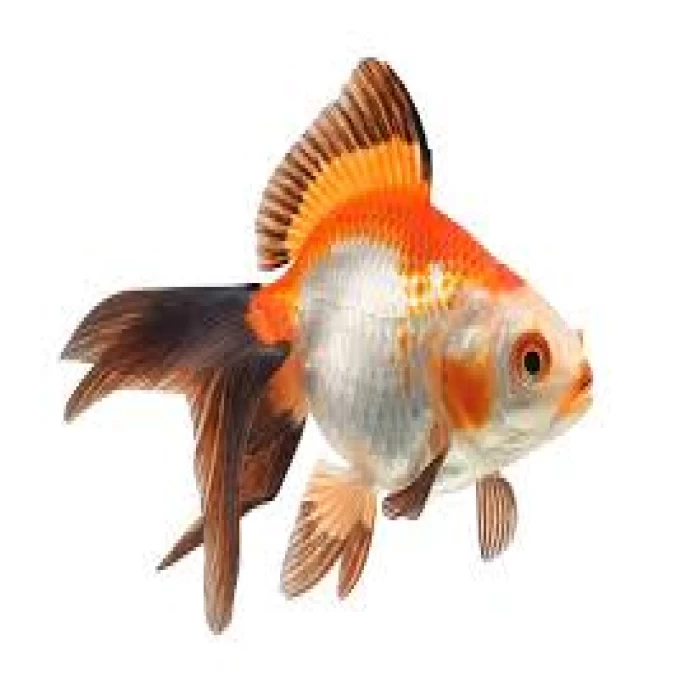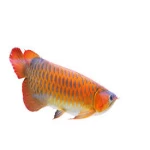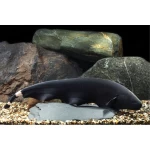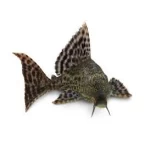Goldfish (Carassius auratus)
The goldfish is one of the most popular and well-known aquarium fish worldwide. Due to its beauty, variety of colors and shapes, and relatively easy care, it has become a favorite among aquarium enthusiasts. Goldfish belong to the Cyprinidae family, and their scientific name is Carassius auratus. Below is a comprehensive guide about goldfish care and characteristics:
1. General Characteristics of Goldfish
• Natural Habitat: East Asia (China and Japan).
• Size: Can grow up to 20–30 cm under proper conditions.
• Lifespan: With proper care, they can live 10–15 years or more.
• Colors and Varieties: They come in shades of orange, red, white, black, yellow, or a mix of these colors. Some popular varieties include common goldfish, bubble-eye goldfish, butterfly-tail goldfish, oranda goldfish, and more.
2. Goldfish Care Requirements
• Tank Size: Minimum 75 liters for one goldfish, with an additional 30 liters per extra fish.
• Temperature: 18–24°C (goldfish are cold-water fish).
• pH Level: 6.5–7.5.
• Filtration: A strong filter is essential due to their high waste production.
• Aquarium Decorations:
• Use soft substrate and sturdy plants, as goldfish may uproot or nibble on plants.
• Soft lighting is recommended.
3. Goldfish Diet
• Recommended Foods:
• Dry food: Special goldfish pellets.
• Live food: Bloodworms, daphnia.
• Vegetables: Zucchini, peas, spinach.
• Frozen food: Shrimp, worms.
• Feeding Schedule: Feed 1–2 times daily in moderate amounts (avoid overfeeding).
4. Goldfish Behavior and Characteristics
• Social Behavior: Goldfish are peaceful and social fish and thrive in groups.
• High Intelligence: They can learn behaviors and recognize their owner.
• Active Swimmers: They require plenty of swimming space.
5. Goldfish Breeding
• Sex Identification: It is difficult to distinguish between males and females, but males often develop white spots on their head and gill plates.
• Spawning: Goldfish spawn in spring, stimulated by increasing temperatures.
• Caring for Eggs and Fry: Eggs hatch in 4–7 days, and fry need special food.
6. Common Goldfish Diseases
• Ich (White Spot Disease): Symptoms include small white spots on the body and fins.
• Fungal Infections: Often caused by poor water conditions.
• Swim Bladder Disorder: Caused by diet issues or swim bladder problems.
• Prevention & Treatment: Maintain good water quality, provide a balanced diet, and use appropriate medications when needed.
7. Compatibility with Other Fish
Goldfish should be kept with cold-water, peaceful fish, such as:
• Other goldfish varieties.
• Koi fish.
• Other hardy cold-water fish.
8. Important Goldfish Care Tips
• Regular Water Changes: Change 20–30% of the aquarium water weekly.
• Monitor Water Parameters: Use test kits to check ammonia, nitrite, and nitrate levels.
• Avoid Overcrowding: Goldfish need ample space to swim.
If you have any questions about Goldfish care or behavior, I’d be happy to help!








Submit